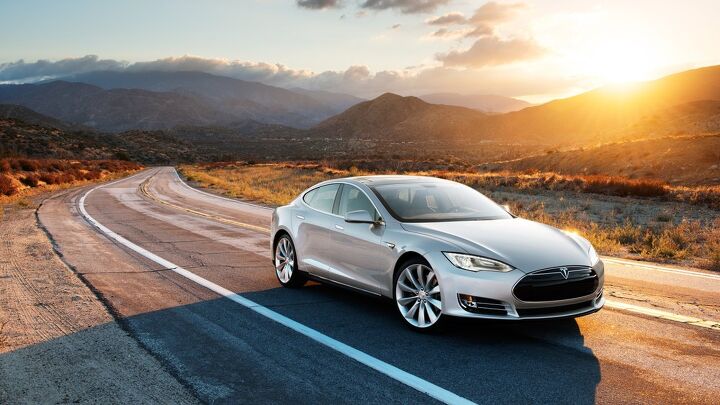Debunking EV Range Anxiety: Do EVs Meet Daily Driving Needs?
One of the prevalent myths surrounding electric vehicles (EVs) is that they lack the necessary range to meet daily travel needs. However, evidence suggests that the range of electric vehicles aligns well with the daily mileage requirements of most U.S. households. On average, a household in the United States travels approximately 50 miles per day. Interestingly, about 85 percent of households travel less than 100 miles on a typical day, a distance well within the capabilities of current EV models. The majority of these vehicles can travel over 200 miles on a fully charged battery, ensuring that nearly all new models can cover more than 100 miles without needing a recharge. Additionally, automakers are continually working to introduce new models with even longer ranges, promising further improvements to meet consumer needs.
Tools for Range Estimation
For those considering an electric vehicle, the "Find A Car" feature on the website www.fueleconomy.gov provides valuable insights. By selecting a vehicle of interest, users can view the "EPA Fuel Economy" information, which includes range estimates specific to each EV model. This tool can be particularly useful for individuals looking to understand the performance of various EVs in terms of distance coverage.
Impact of Driving Conditions on Range
It's important to note that an electric vehicle's range can be influenced by how it is driven and the conditions under which it operates. Factors such as weather conditions, including both hot and cold temperatures, can affect the vehicle's efficiency. Research indicates that in cold temperatures, particularly when heating is used, an EV's range could decrease by an average of 40 percent. This underscores the importance of considering environmental factors and driving habits when evaluating an EV's range capabilities.
This article was co-written using AI and was then heavily edited and optimized by our editorial team.
More by TTAC Staff
Latest Car Reviews
Read moreLatest Product Reviews
Read moreRecent Comments
- ToolGuy This podcast was pretty interesting. I listened to it this morning, and now I am commenting. Listened to the podcast, now commenting on the podcast. See how this works? LOL.
- VoGhost If you want this to succeed, enlarge the battery and make the vehicle in Spartanburg so you buyers get the $7,500 discount.
- Jeff Look at the the 65 and 66 Pontiacs some of the most beautiful and well made Pontiacs. 66 Olds Toronado and 67 Cadillac Eldorado were beautiful as well. Mercury had some really nice looking cars during the 60s as well. The 69 thru 72 Grand Prix were nice along with the first generation of Monte Carlo 70 thru 72. Midsize GM cars were nice as well.The 69s were still good but the cheapening started in 68. Even the 70s GMs were good but fit and finish took a dive especially the interiors with more plastics and more shared interiors.
- Proud2BUnion I typically recommend that no matter what make or model you purchase used, just assure that is HAS a prior salvage/rebuilt title. Best "Bang for your buck"!
- Redapple2 jeffbut they dont want to ... their pick up is 4th behind ford/ram, Toyota. GM has the Best engineers in the world. More truck profit than the other 3. Silverado + Sierra+ Tahoe + Yukon sales = 2x ford total @ $15,000 profit per. Tons o $ to invest in the BEST truck. No. They make crap. Garbage. Evil gm Vampire


































Comments
Join the conversation